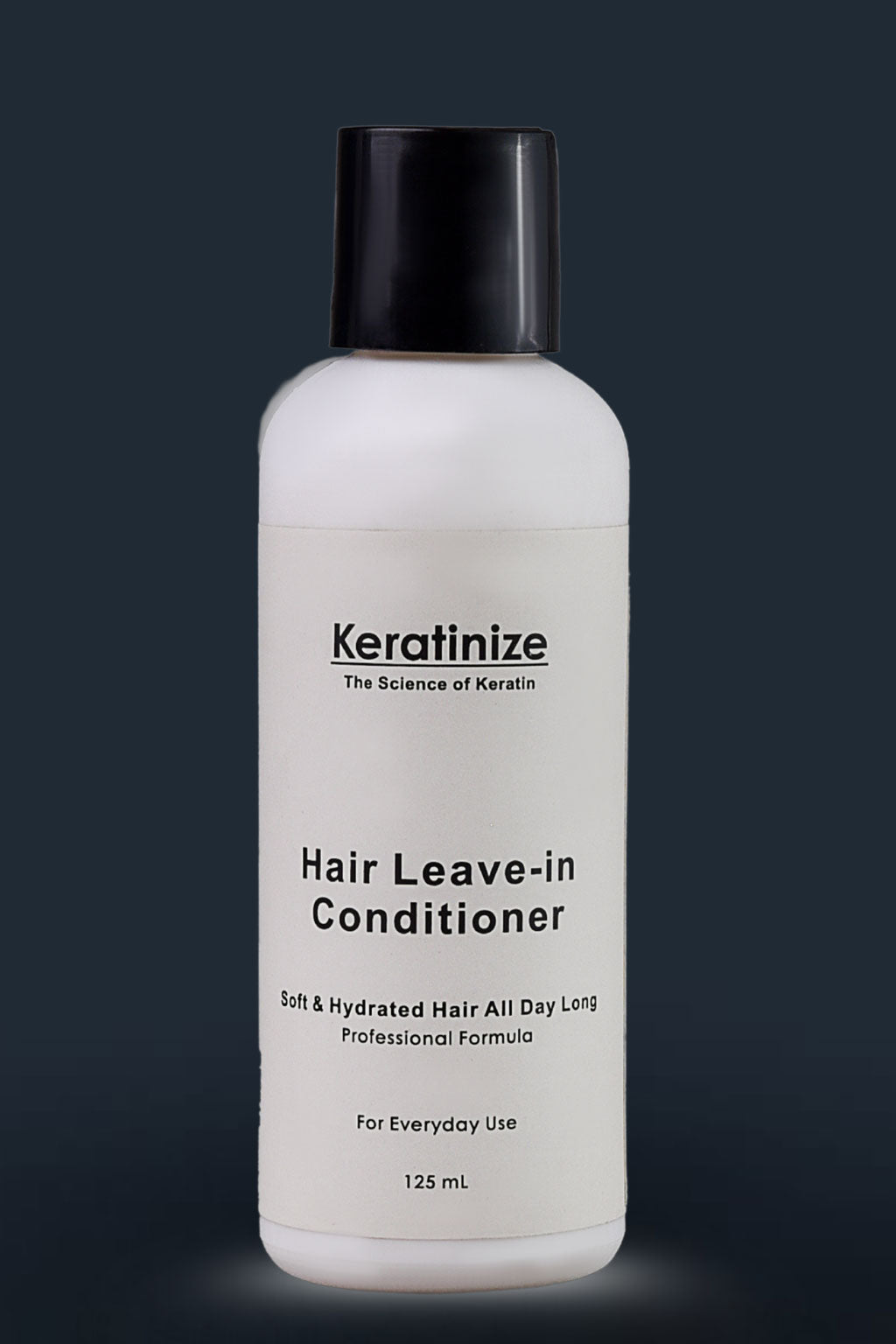
The Science of Heat Damage: How Thermal Styling Affects Your Hair
Dr KazimShare
Heat Damage to Hair Fiber
Thermal styling, reshaping, or straightening is common and popular among consumers. This processing alters the physical shape of the hair fiber temporarily and fixes it in a definite style for a short period.1-2 However, this heat exposure can damage the hair fiber. Hair comprises protein (keratin); heat can denature keratin like other proteins. Heat or thermal damage is a major concern to hair quality, damage to fiber integrity, loss of gloss, and may even cause hair breakage.3-6 Here, we study the basics of heat damage to the human hair fiber, the nature of damage to the fiber’s structure and morphology, and how we can preserve hair fiber against repeated exposure to heat energy.
Blow Drying & Flat Ironing, Curling Rods
Blow drying is a commonly used approach to quickly drying wet hair fibers and styling them in the desired shape soon after showering. Flat irons or curly rods press hair fibers between ceramic or metallic plates to straighten or curl them using heat. All these techniques and equipment convert electric energy into heat energy, which is subsequently used for hair processing.
What temperature do these types of equipment go?
The amount of heat or temperature of the air used varies with the consumer's choice. A typical blow dryer with hot heat blowing may have a temperature of 60 - 70oC while flat ironing is generally carried out at 150 - 240 oC degrees Celsius (350 - 400 F).3
Scientific studies have confirmed that higher heat means a greater decrease in the alpha-helical content of protein. This translates into a higher protein loss from the inner cortex of hair fiber.
What Happens to Hair on Heating?
Keratin Denaturation
Keratin is the protein that makes most of the hair’s mass. Proteins are organic molecules and they are sensitive to heat energy. All proteins undergo permanent deformation on heating. A simple example is boiling/frying an egg. Here, albumin changes permanently and can not be reversed.
Similarly, permanent changes in keratin structure on heating alter its physical and chemical properties. The thermal styling techniques are designed to straighten, or style hair fibers and offer a better style retention. However, exposure to heat energy and high elevated temperature denatures the keratin protein leading to several negative cosmetic features to hair fibers. These adverse changes are collectively termed “Keratin Denaturation” (Changes in Keratin structure). Let’s look at some key thermodynamic data about keratin.
Thermal Parameters of Hair Keratin
Denaturation Temperature for Caucasian Dry Hair = 231 oC
Denaturation Temperature for Caucasian Wet Hair = 151 oC
On examining these denaturation temperatures to the temperature levels of thermal equipment, it is clear that these types of equipment can cause significant keratin denaturation. Wet hair is more easily and highly vulnerable to denaturation and has more damage than dry hair due to its high water content and localized steam generation. Steam is generated just underneath the cuticle layer when wet hair is heated. This causes chipping and bubbling, making the surface rough and bumpy. Furthermore, steam has a higher heat capacity than hot air, which further intensifies heat insult and damage extent.
Adverse Impact on Hair Health
A few common signatures of hair damage are listed here as compiled from the science literature.
⟶ Cuticle Chipping & Removal
⟶ Surface roughness - due to cuticle removal, and protein degradation
⟶ Difficult to Comb - due to cuticular damage
⟶ Fiber Breakage & Split-ends - higher force required to comb
⟶ Dryness - due to water loss
⟶ Loss of Shine, Natural Texture, and Bounce
⟶ Compromised Sensorial Feel
⟶ Color Fading
⟶ Frizz - Static Charge
Hair needs protection against heat energy to achieve a beautiful outlook and facilitate everyday hair grooming. The Keratinize Cuticle Sealant is specially crafted to protect hair against heat damage. Its formulation comprises multi-functional and thermally stable ingredients that can tolerate high temperatures of thermal styling. This Cuticle Sealant offers a beautiful outlook, immense shine, improved texture, and an amazing sensorial experience for your hair.

Give it a try.
References & Further Reading
1. Zviak, C., The Science of Hair Care. Taylor & Francis: 1986.
2. CORBETT, J. F., The chemistry of hair‐care products. Journal of the Society of Dyers and Colourists 1976, 92 (8), 285-303.
3. Wortmann, F. J.; Wortmann, G.; Marsh, J.; Meinert, K., Thermal denaturation and structural changes of α-helical proteins in keratins. Journal of Structural Biology 2012, 177 (2), 553-560.
4. Nogueira, A.; Scanavez, C.; Carnelos, C.; Gaspari, A.; Joekes, I., Hair color changes caused by dyeing and thermal treatments. Journal of Cosmetic Science 2004, 55 (5), 437-447.
5. Ruetsch, S.; Kamath, Y., Effects of thermal treatments with a curling iron on hair fiber. International Journal of Cosmetic Science 2004, 26 (4), 217-217.
6. Gamez-Garcia, M., The cracking of human hair cuticles by cyclical thermal stresses. Journal of the Society of Cosmetic Chemists 1998, 49 (3), 141-153.


